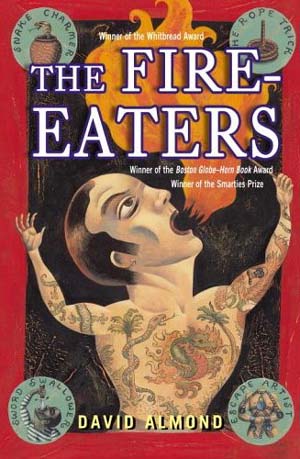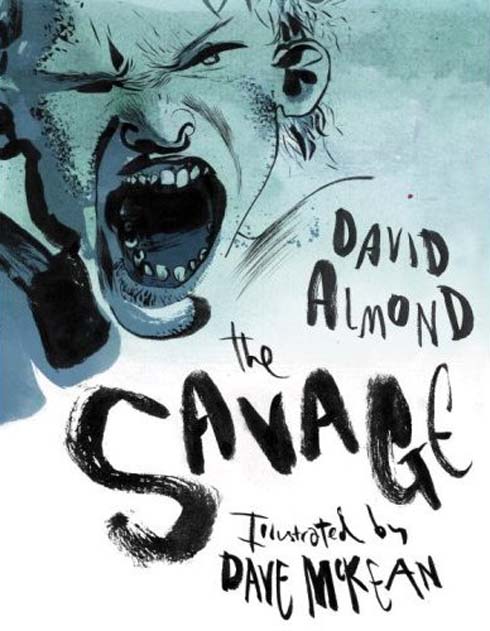
Charlie has a problem with the truth. Nobody believes him anyway, so he's gotten used to lying all the time. And while he's no thief, when he sees the skull in Mr. S.H. Elives' Magic Shop, he's compelled to swipe it.
Turns out it's not just any skull... It talks to Charlie in his head, tells jokes, and oh, yeah...
it's cursed.
The curse forces Charlie, and anyone near the skull, to tell the truth. What do I mean?
Like everyone in his family revealing they hate his aunt Hilda's green Jell-O and cottage cheese salad.
Like family secrets about his Mom and his favorite Uncle Bennie that were in hiding and are now blurted out.
Like mortifying Charlie himself when his best friend, Gilbert, who has lost all his hair to cancer treatments, asks Charlie if he really looks that bad and Charlie answers truthfully:
"I think it looks totally doofy," he said. "And I hope to God it never happens to me."
This stupid Skull of Truth is ruining Charlie's life. And it won't shut up!
But maybe there's a way Charlie can fix things with Gilbert, deal with the bully Mark, and even stop developers from paving over the swamp he loves... If he can just figure out what to do with the truth!
I really loved this middle grade book - it's spooky without being completely scary, and for a book with a lot of laughs and thrills, Charlie has a huge heart and we really want him to figure it all out. Even the "villains" are three dimensional, and nothing's quite as good or evil as Charlie thinks it is at the beginning of his journey.
There's also a subplot about Charlie finding out that an adult in his life is gay. It's a shock for him, and his coming to terms with that truth about someone he cares about is handled beautifully.
Truth can be complicated, and after a great fun ride, "The Skull Of Truth" left me with lots to think about.
Happy Halloween from everyone at Guys Lit Wire!















 Most lives take multiple chapters to get where they’re going. And just because
Most lives take multiple chapters to get where they’re going. And just because 




